The Ban Thach River has been associated with the lives of many generations of people in the villages along the river. Mr. Nguyen Van Ba in Nam Binh 2 neighborhood (Dong Hoa ward) recalled: In the past, villagers looked at the river to name the season. In the flood season, floodwaters from above flowed rapidly, reaching the edge of the village. Some years, the vast floodwaters flooded the area, and villagers had to move up the mountain to take temporary shelter, waiting for the water to recede before returning. Today, solid embankments and canals have helped regulate the flow. In the flood season, the water level still rises but no longer affects people's lives. In the dry season, the river is the place to provide irrigation water for thousands of hectares of productive land, creating bumper crops...
And many craft villages have been formed from the fragrant herbs of the river.
Coming to Truong Thinh pottery village, from National Highway 1 to Cay Bang intersection (the welcome gate of Dong Hoa Ward Administrative Center), turn onto Vo Nguyen Giap Street, on both sides are layers of stoves, kettles, jars, chimneys, wells... Some have just been molded and are still the original color of the earth, soft and moist. Most of them are solid finished products with a brick red color, waiting to be loaded onto trucks to be sold. Brick red is the typical color of Truong Thinh pottery. Villagers are proud of this natural color of pottery because it is created from clay from the Ban Thach riverside area and local fields after being tempered in red fire.
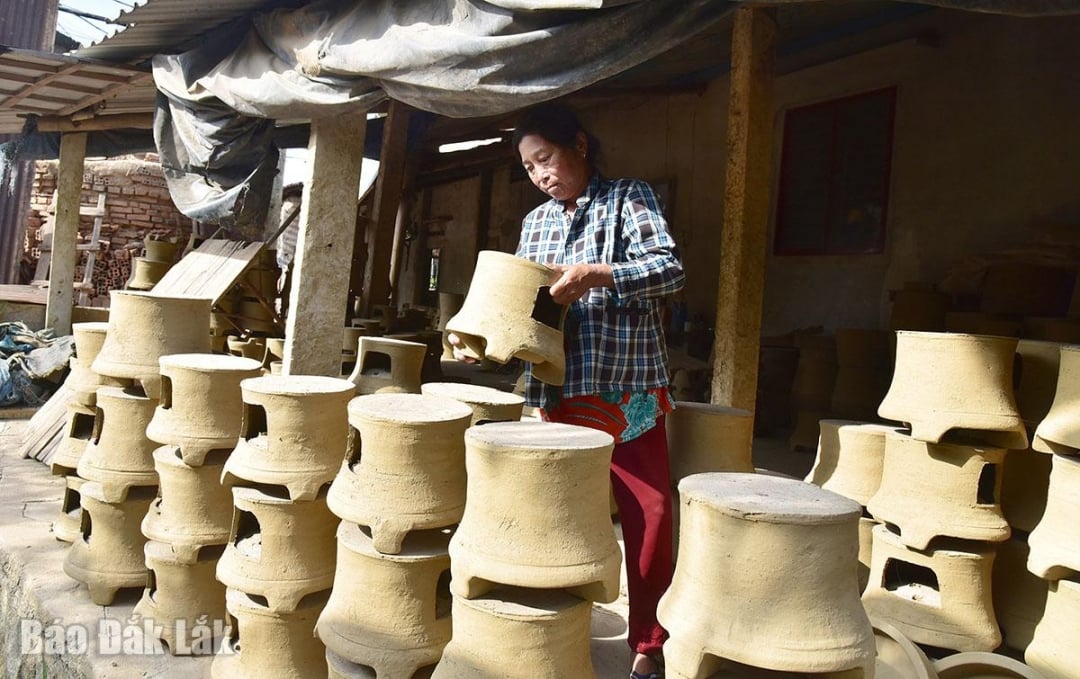 |
| The dried clay stove products are ready to be put into the furnace. Photo: Duong Thanh Xuan |
Truong Thinh pottery village is one of the traditional craft villages in the East of Dak Lak . Compared to its heyday, Truong Thinh pottery today has faded but villagers can still make a living from the craft because the pottery products here serve the essential needs of the people. Currently, Truong Thinh pottery is still sold along with other porcelain and ceramic products in Tuy Hoa, Hoa Xuan, Hoa Vinh markets... Ms. Hoang Thi Am, a trader in Tuy Hoa market, shared: "The reason why Truong Thinh pottery is still popular is because of its simplicity and high applicability. It is not a high-end art product to display on decorative shelves like other types of pottery, it is an indispensable product in the daily life of every family".
From the welcome gate of Dong Hoa Ward Administrative Center, go west, cross Ben Lon Bridge to reach Hoa Xuan lotus village. Located on the left bank of Ban Thach River, Nam Binh 1 Quarter, Thach Cham Quarter is filled with the fragrant scent of lotus. Over the past 5 years, lotus has been a successful crop converted to ineffective rice land, bringing a prosperous life to the people here.
Upstream from Ban Thach to Hoa Thinh commune is Hoa Dong lotus village. Like Hoa Xuan lotus, Hoa Dong lotus has a brand name, is processed into many products and has achieved 3-star and 4-star OCOP certification including lotus seed powder, fresh lotus, lotus heart tea, lotus leaf tea, etc. Mr. Le Tan Khoa, a lotus grower in Hoa Thinh commune, said: “My family grows 1.4 hectares of lotus according to VietGAP standards. Lotus leaves, stems, calyxes, and tubers can all be used; the value of 1 kg of lotus is equal to 4 kg of rice. I and the lotus growers in the commune do not worry about output because the cooperative has purchased everything.”
The alluvial soil of the Ban Thach River has created a vast and fertile agricultural production area. From lotus to peanuts, from sweet potatoes to potatoes, from rice to watermelons, cantaloupes, squash… each season has its own produce. In the past, agricultural products from villages were transported by ferry during the flood season to many places. Nowadays, solid bridges have replaced the ferries, connecting the villages along the river into developed areas. During the harvest season, trucks from everywhere are parked at the foot of the bridge, waiting to collect agricultural products into large and small bags, load them onto trucks and transport them to the South and North.
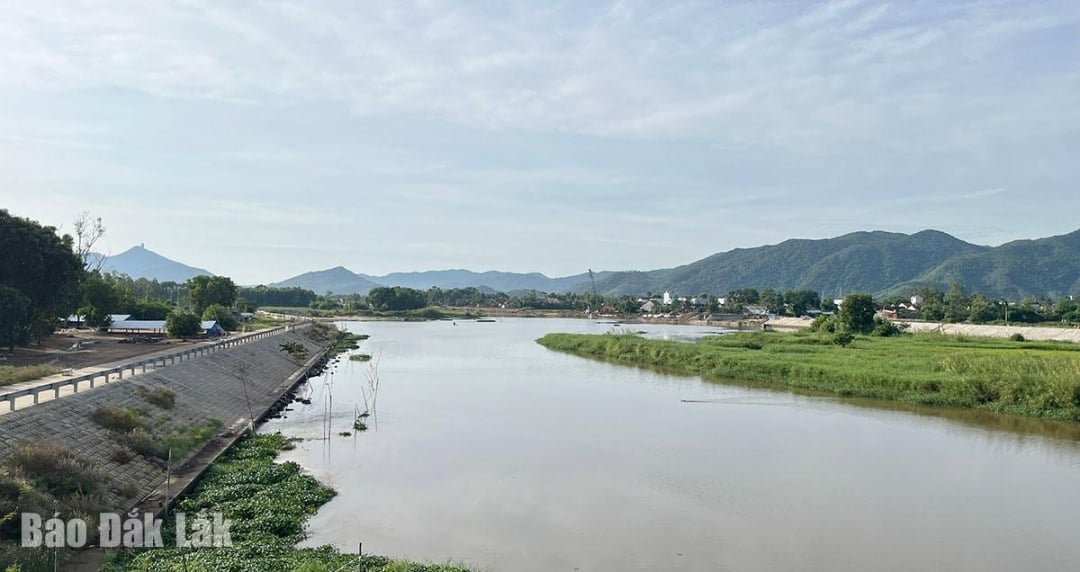 |
| Ban Thach River seen from Ben Lon Bridge. |
Since 2000, five new bridges have been built along the Ban Thach River, including the Da Nong Bridge, the new Ban Thach Bridge, the Ben Lon Bridge, the Da Coi Bridge and the new Ben Cui Bridge. Each bridge not only shortens the distance between the two banks, but also opens up a new direction for development in the area.
On this river route, the new Ban Thach bridge is the main artery connecting National Highway 1. From Ban Thach bridge towards the sea, Da Nong bridge was built in 2000 connecting Hoa Hiep Industrial Park with Vung Ro port, supporting traffic on the coastal dynamic route from Nam Tuy Hoa to Vung Ro. Far upstream, Da Coi bridge connects Lac Dao village - the most remote and isolated village in the past - closer to the commune and ward center. Ben Cui bridge in Hoa Thinh commune was built in the 1980s and rebuilt in 2013, becoming a flood drainage project serving people's lives.
Located in the center of the river, Ben Lon bridge is an important connection point between the production area on the other side of Ban Thach river and the central urban area of Dong Hoa ward on this side of the river. Mr. Ngo Van Tinh, Head of Nam Binh 1 quarter, shared: Since the Ben Lon bridge was built, people in Nam Binh 1, Nam Binh 2, Thach Cham quarters have shortened the detour distance by 5 - 7 kilometers when going to National Highway 1. Children in the neighborhood go to school, adults go to work and trade much more conveniently.
Right at the foot of Ben Lon bridge, the embankment project to prevent erosion on the right bank of Ban Thach river is being urgently completed. This project will help form an urban area along the Ban Thach river, create a new look for Nam Binh urban area and increase connectivity with the ward center as well as the sea area.
Mr. Le Van Thin, Secretary of the Party Committee of Dong Hoa Ward, said: The detailed planning projects of urban areas related to Ban Thach River have been approved, including the 1/500 detailed planning project of the riverside urban area from Ben Lon Bridge to Ban Thach Bridge, the 1/500 detailed planning project of the Nam Binh Urban Area project, the 1/500 detailed planning project of the Ban Thach Riverside Urban Area. In the period of 2026 - 2030, the locality will coordinate with the Phu Yen Economic Zone Management Board and the departments and branches of the province to attract investment in developing tourism services, urban areas and the Ban Thach Riverside corridor, turning the riverside space into a developing ecological urban space.
Source: https://baodaklak.vn/xa-hoi/202510/nguoc-dong-ban-thach-5ea06e4/






![[Photo] Prime Minister Pham Minh Chinh receives President of Cuba's Latin American News Agency](/_next/image?url=https%3A%2F%2Fvphoto.vietnam.vn%2Fthumb%2F1200x675%2Fvietnam%2Fresource%2FIMAGE%2F2025%2F12%2F01%2F1764569497815_dsc-2890-jpg.webp&w=3840&q=75)
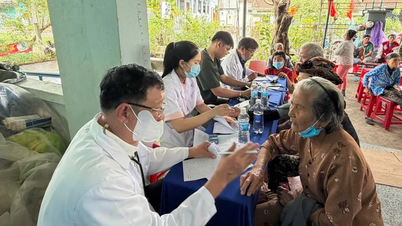






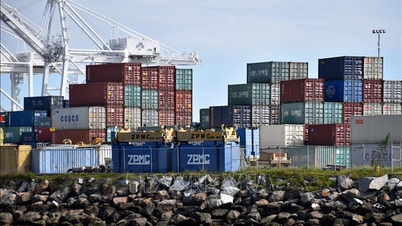


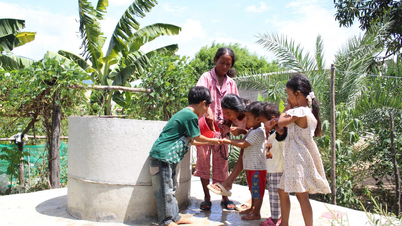

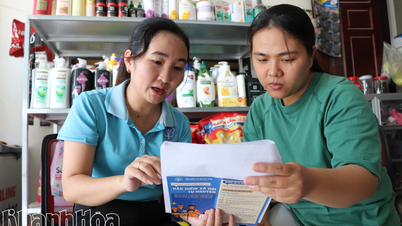
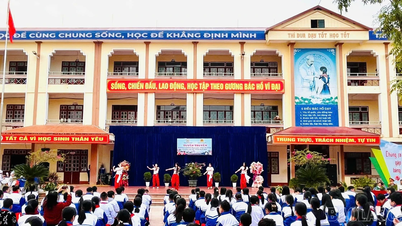

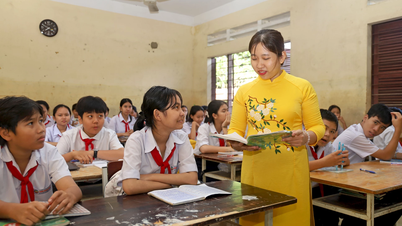
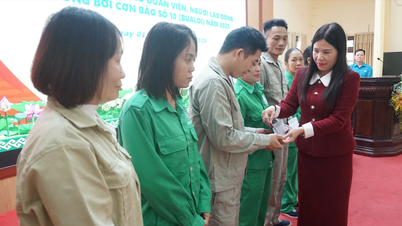
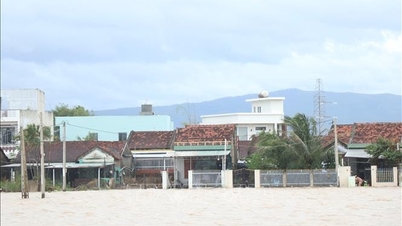






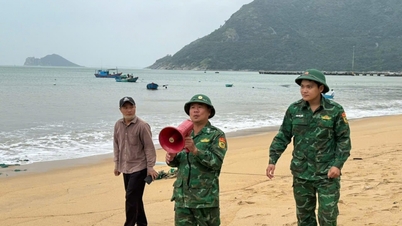
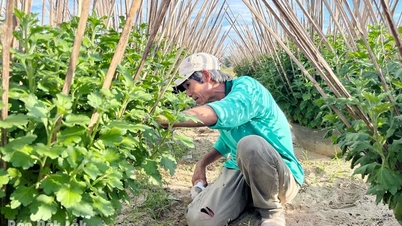
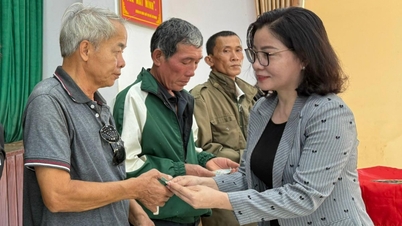
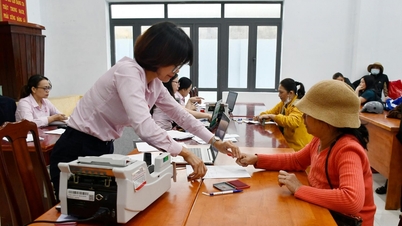
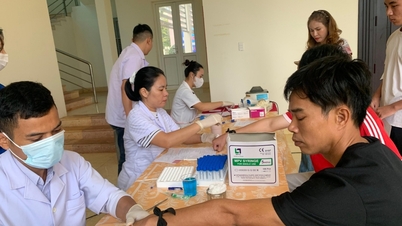



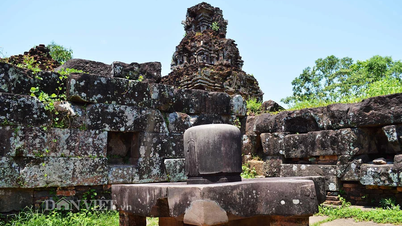

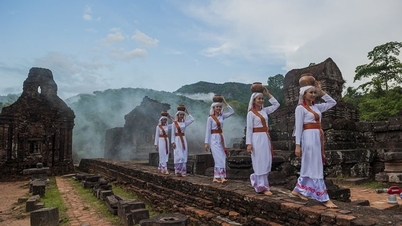

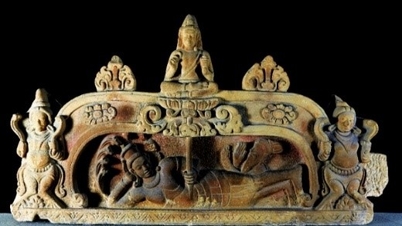
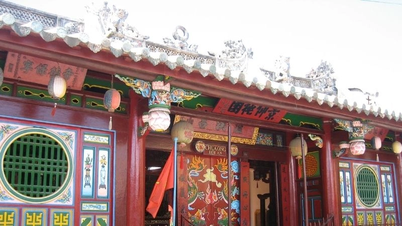
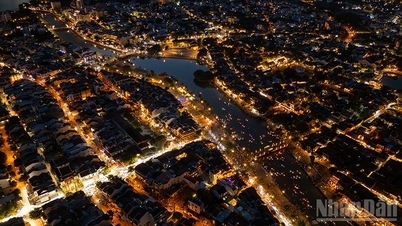

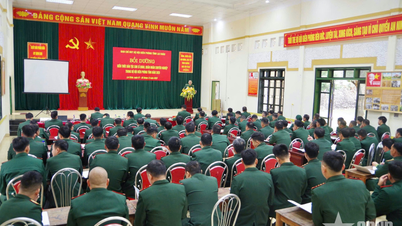



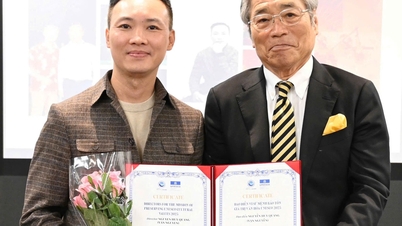









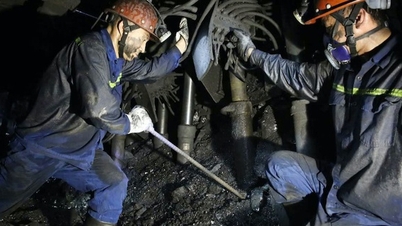


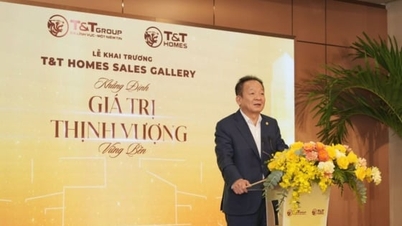














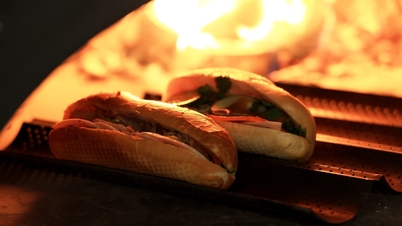
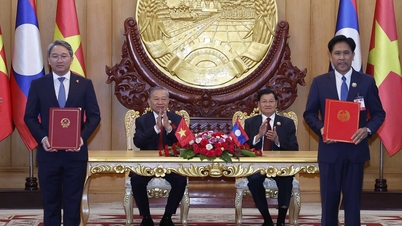
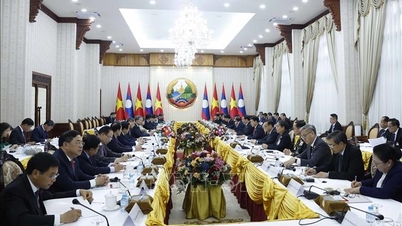



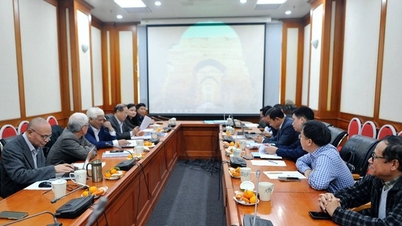
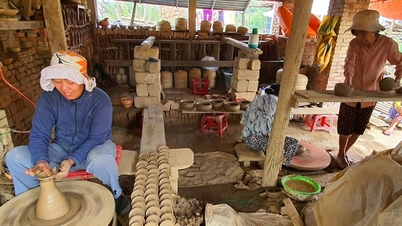


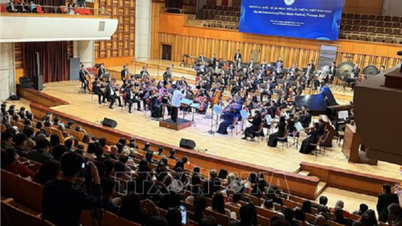
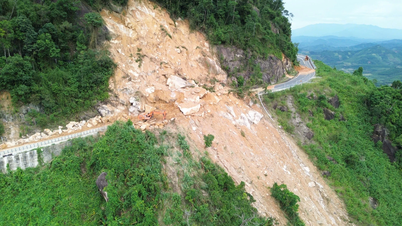











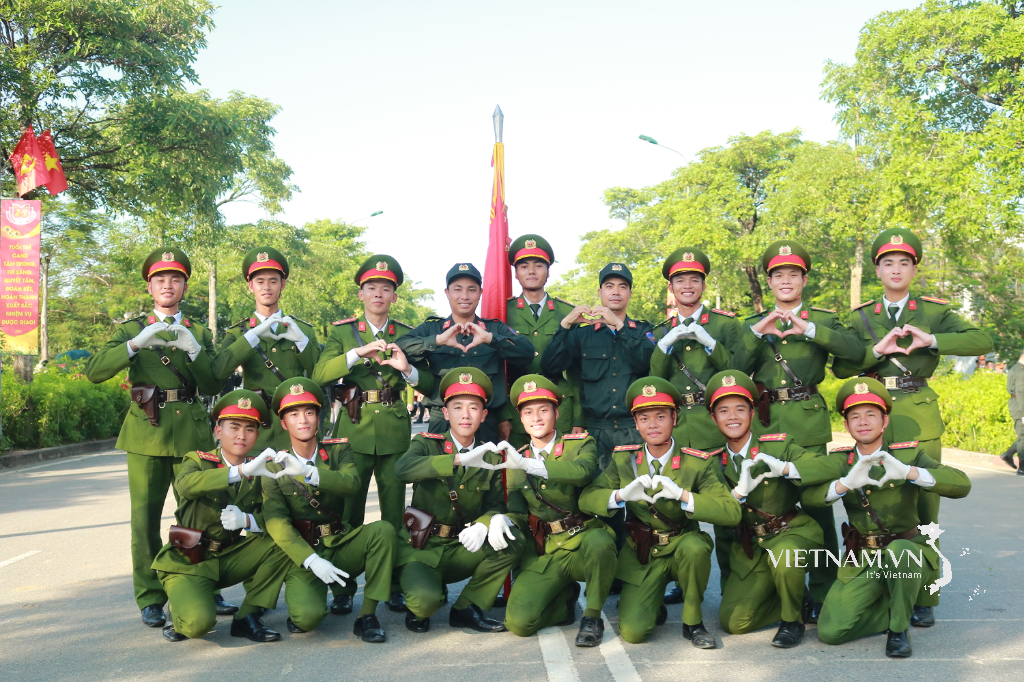

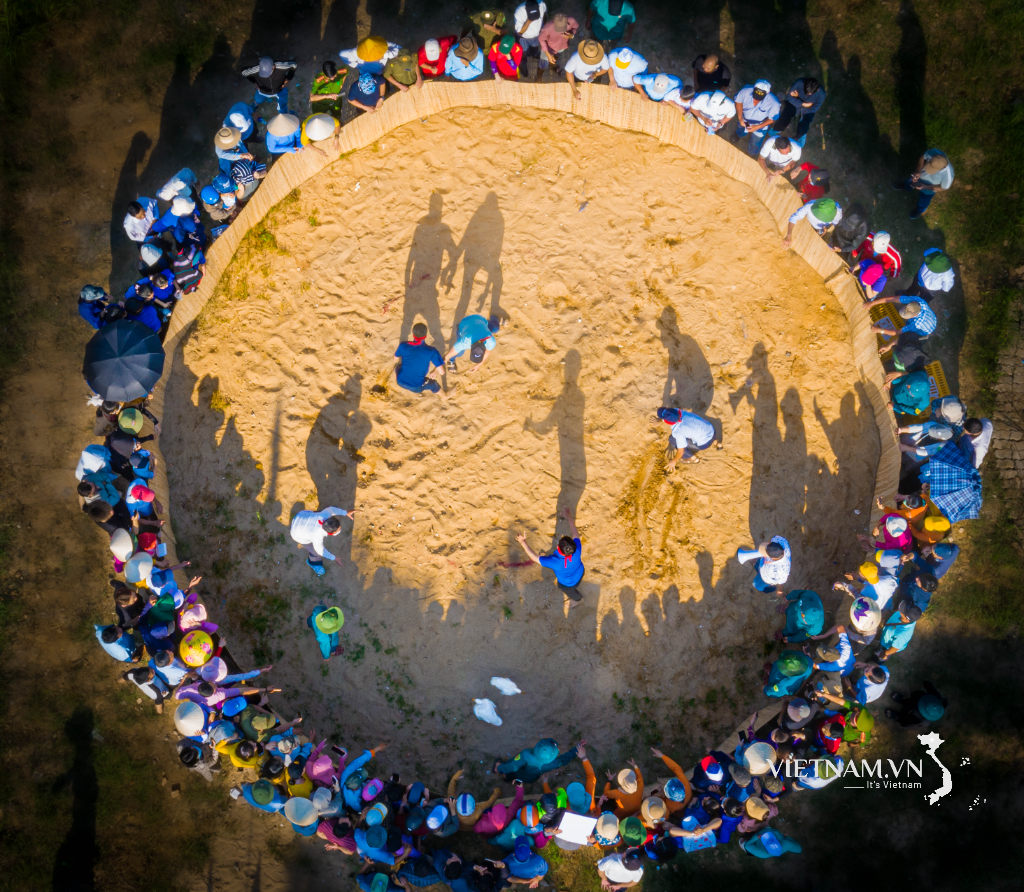
Comment (0)